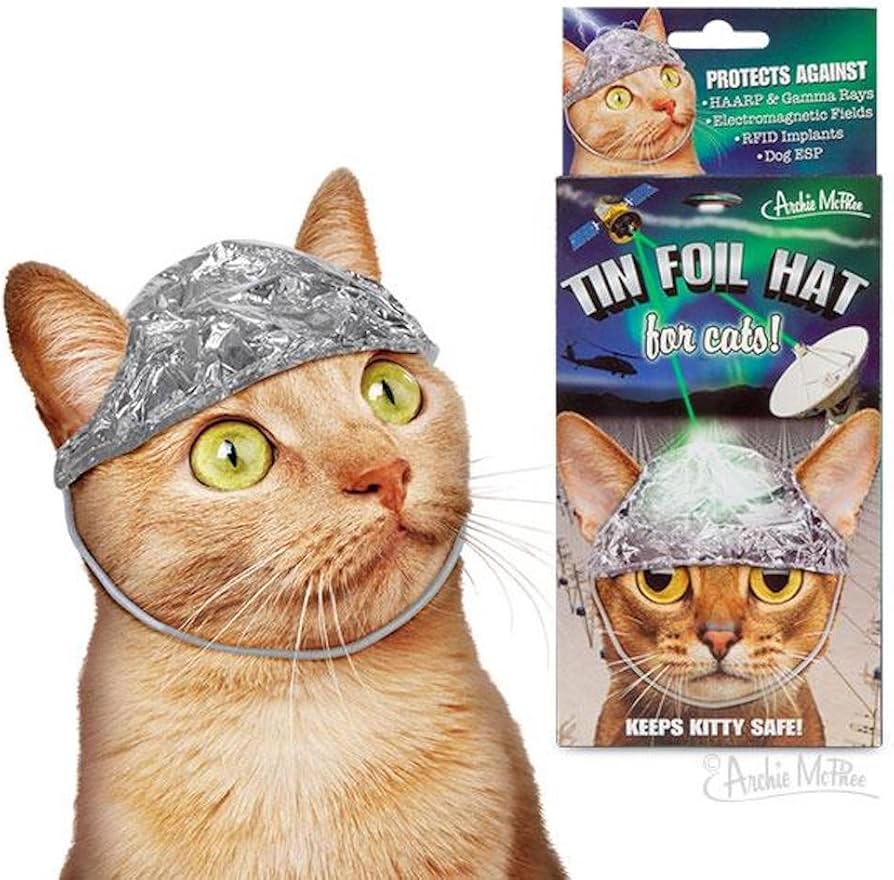
| - | - | - | - | - |
| Dungeons & Dragons | Dragon magazine | - | Spells | The Dragon #21 |
Clairvoyance, Clairaudience, Wizard Eye, ESP, and X-ray vision are
five spells designed to test DM’s patience. A common, exceedingly
frustrating scenario involves a party approaching a door, behind which
lurks a vicious monster that the DM hopes will mangle the adventurers.
Suddenly, the caller speaks out, “Argle 1) drinks the potion, 2) uses
his
Wizard Eye, 3) X-rays the door, etc. What does he see?” The dungeonmaster
is then obligated to describe just what is behind the door, totally
ruining his element of surprise. The party can prepare for that particular
menance, and no other. For example —
“It's six orcs and a troll, Charlie," says Argle. “Have Bungle
throw asleep
spell on the orcs and I’ll blast the troll with a fireball. Hugo,
you open the
door and be prepared to hack at the troll if it doesn‘t buy a
farm. Ready?
One, two, three, GO!”
Thirty seconds later six orcs are in dreamland, a troll is crisped,
and the
party is a few thousand gold pieces richer, without taking a
point of
damage. What a pain! What's a dungeonmaster to do?
The best solution to the problem of a forewarned party is to make the
forewarning spells a little less attractive. A few strategically placed
Medusaes are great for discouraging the over-use of Clairvoyance, Wizard
Eyes, and X-ray vision. Harpies are just as effective against Clairaudience.
Adventurers who have been turned to stone or harpy-charmed frequently
tend to be more cautious.
ESP is harder to counter, but Kevin Thompson’s fine article in TD
#18
on Insanity provides the key
to bollix up an ESPer. Postulate — if a sane
person reads a madman’s mind, the same person will become insane in
the
same manner for 2-7 turns. Clairvoyance and Clairaudience users can
suffer the same consequences. Gibber, Gibber, Gibber. . . hee, hee,
hee. . .
Special limitations are also effective deterents to “foretelling” spells.
Wizard Eyes, for example, could be restricted such that they would
be
unable to penetrate liquids and solids. That would make them fine for
peeking around corners, but useless for spying into closed rooms.
Clairvoyance, Clairaudience, and ESP could be declared non-directional,
so that the caster would receive the sights, sounds, or thoughts of
all beings
within 60 feet (including or excluding members of the caster’s own
party at
the DM’s discretion), so that the foreteller could never be sure just
where a
given thought was coming from. X-ray vision has a built-in limitation
— it
can’t penetrate lead. (I sandwich three inches of lead in my lower
level
walls, ceilings and floors for just that purpose.) Paranoid, high-level,
nonplayer
characters in my world often possess Amulets vs. ESP, etc., or other
means of protection against the foretelling spells. Science fiction
author
Lloyd Biggle’s novel, Silence is Deadly, feature such a protective
means —
a gargoyle shaped creature with singular powers.
Finally, a DM can pull some sneaky tricks. One Wizard Eye Medallion,
which allowed its wearer to project a Wizard Eye spell three times
per day,
had a subtle flaw. The Wizard Eye was a voyeour, and 33% of the time
it
would ignore its owner’s wishes and would search for mating monsters
or
pornographic wall paintings in the depths of the dungeon. The Magic-User
who owned the medallion made a mint renting the Eye out to wealthy
townsmen who loved its “blue movies.”
A final “dirty trick” involves a Helm of Telepathy. On the sixth level
of
one of my dungeons lived a magic-user of high level who owned such
a
Helm. When he detected a party approaching using an ESPspell, he began
to think into the Helm, “KOBOLD, KOBOLD, KOBOLD." The party,
expecting an easy kill, smashed open the door and abruptly charged
into a
fifteen hit-die fireball. Singe. . .
Knowing hat’s on the other side of a door can be a great advantage,
but
only if you can be sure. A little insecurity keeps players on their
toes!